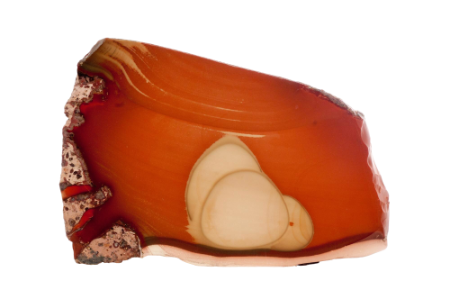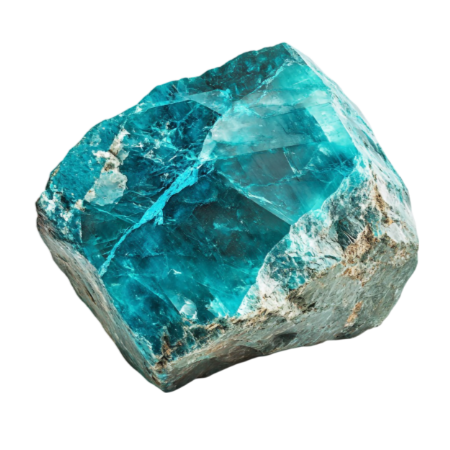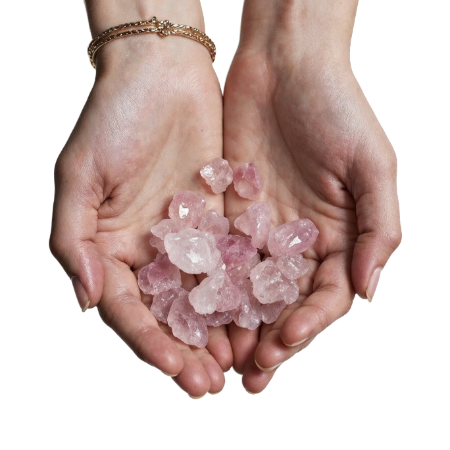
Tiger’s eye, also called tiger eye, is a chatoyant gemstone. It is usually a metamorphic rock with a golden to red-brown color. It also has a silky luster. Tiger’s eye and the blue-colored hawk’s eye are part of the quartz group. They gain their silky, lustrous appearance from the parallel intergrowth of quartz crystals. Altered amphibole fibers, mostly turned into limonite, also contribute. (1)
Silky and dressed in ocean shades, the Blue Tigers Eye stone is full of soothing energy. It is known for its ability to bring emotional balance, comfort, and harmony. These properties benefit all who call on its protective energy. Blue Tigers Eye is known by other names – Falcon’s Eye, Tigers Eye, Hawks Eye, Ox Eye, and Tiger Iron. . You can get gold Tigers Eye, Red Tigers Eye, and Blue Tigers Eye and each carry their own properties. The blue color version shares similar vibes with the classic Tigers Eye. It represents the transition point between a stone turning from Hawks Eye to Tigers Eye. At this earlier stage, it weaves in those spiritual elements of blue.

Tigers Eye has been linked to the energy of the sun god Ra since ancient times. It was beloved as a talisman in battle due to its breath of courage and rare resilience. This good luck stone can be found in India, Brazil, Canada, and Namibia. We take a deep dive into the healing properties of the Blue Tigers Eye.
The Blue Tigers Eye is a stunning spiritual stone. It uniquely balances nurturing strength and courage. It also ensures you stay calm and connected, no matter what life throws at you. As a strong and willing stone, the Blue Tigers Eye works across the body, mind, and soul. We take a look at the physical and metaphysical properties of this blue balancing gem. (2)

Gems are usually given a cabochon cut to best display their chatoyance. Red stones are developed by gentle heat treatments. Dark stones are artificially lightened to improve color using a nitric acid treatment.[9]
Honey-colored stones have been used to imitate the more valued cat’s eye chrysoberyl, cymophane. However, the overall effect is often unconvincing. Artificial fiber optic glass is a common imitation of tiger’s eye, and is produced in a wide range of colors. (1)
In My Shop
Blue Tiger’s Eye Necklace
This Blue Tiger’s Eye Necklace is composed of 10mm Natural Blue Tiger’s Eye and 6mm white spacer beads along with silver plated necklace components.
1 in stock
Sources
(1) Wikipedia
(2) Tiny Rituals
(3) Photos by Freepik









